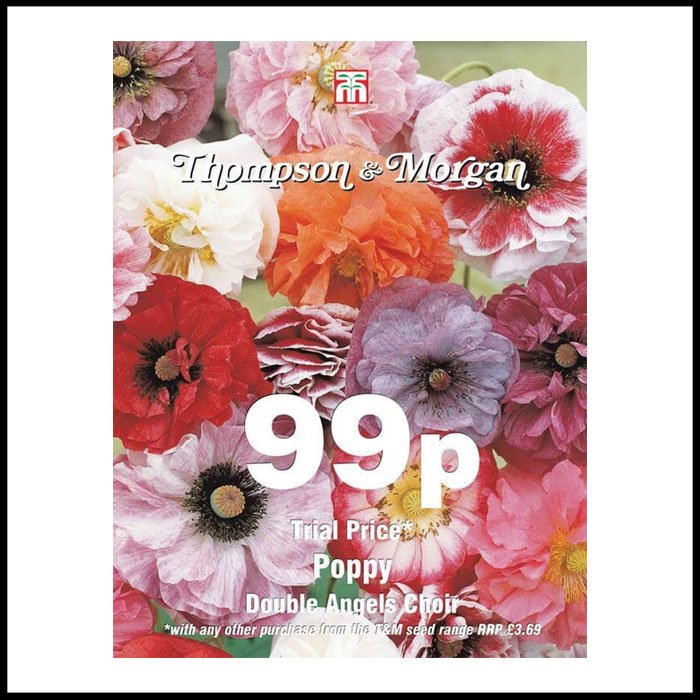 Image 1 of 2
Image 1 of 2

 Image 2 of 2
Image 2 of 2



Herb Thyme Olde English
Thyme is an exceptionally beneficial kitchen herb for use in stews, stuffings, and bouquet garni. This aromatic, evergreen herb thrives in a variety of environments, including containers, rock gardens, borders, and even in the crevices of paved surfaces. It is perfect for establishing low, mat-forming groundcover that draws bees with its small pink flowers. Thyme is especially advantageous in coastal regions, where it withstands wind and dry conditions effectively.
Height: 30cm (12"). Spread: 35cm (14").
Thyme is an exceptionally beneficial kitchen herb for use in stews, stuffings, and bouquet garni. This aromatic, evergreen herb thrives in a variety of environments, including containers, rock gardens, borders, and even in the crevices of paved surfaces. It is perfect for establishing low, mat-forming groundcover that draws bees with its small pink flowers. Thyme is especially advantageous in coastal regions, where it withstands wind and dry conditions effectively.
Height: 30cm (12"). Spread: 35cm (14").
Thyme is an exceptionally beneficial kitchen herb for use in stews, stuffings, and bouquet garni. This aromatic, evergreen herb thrives in a variety of environments, including containers, rock gardens, borders, and even in the crevices of paved surfaces. It is perfect for establishing low, mat-forming groundcover that draws bees with its small pink flowers. Thyme is especially advantageous in coastal regions, where it withstands wind and dry conditions effectively.
Height: 30cm (12"). Spread: 35cm (14").
Sow thyme thinly from February to April on the surface of a good seed compost and cover with a sprinkling of compost or vermiculite. Place the seed tray in a propagator at a temperature of 13-16C (56-60F) or seal it inside a polythene bag. Keep the compost moist but not wet. Do not exclude light as this aids germination which usually takes up to 18 -24 days.
When seedlings are large enough to handle, transplant and grow them on in cooler conditions until large enough to plant outdoors. When thyme plants are well grown and all risk of frost has passed, acclimatise them to outdoor conditions over 7 to 10 days. Transplant outdoors, 30cm (12") apart, on neutral to alkaline, well drained soil, in full sun. Thyme is drought tolerant once established and will cope well on poor soils. Thyme plants can also be grown in containers on a bright windowsill.
Once established, thyme is reasonably drought tolerant and requires little attention. After flowering, cut back thyme plants to maintain compact bushy growth.













